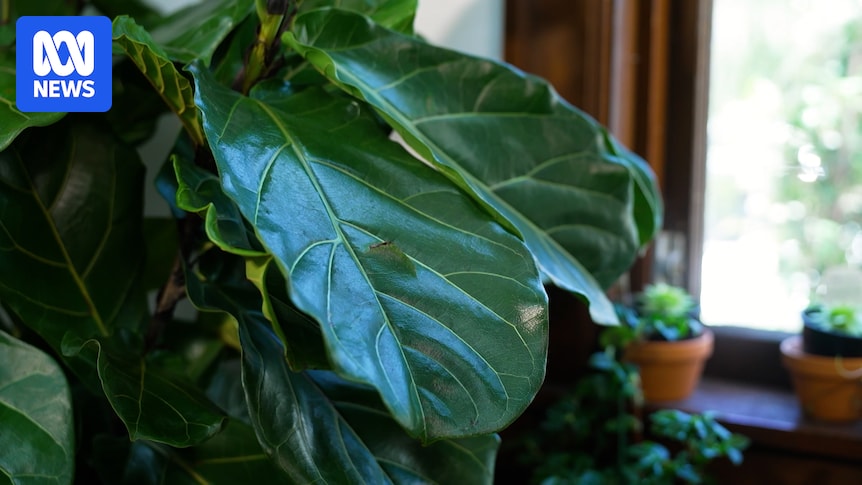
As gardens, parks, and nature strips begin to show signs of spring, indoor plants may require a bit of attention to thrive in the new season. If you notice yellowing leaves, collapsing stems, or dusty foliage, it might be time for an indoor plant spring clean. Here’s how to give your plants the boost they need.
Inspect, Top-Up Soil, and Trim
Horticulturalist Tamara Campbell, owner of an indoor plant store in Naarm/Melbourne, suggests using spring as an opportunity to thoroughly inspect your plants. This involves checking for pests, trimming or pruning back any overgrowth, and assessing soil levels.
“If soil levels have dropped,” Ms. Campbell advises, “some plants might benefit from a top-up of fresh potting mix, while others might require repotting.” Greg Moore, a senior research associate at the University of Melbourne, concurs, emphasizing the importance of mulch and fertilization. He notes,
“It’s a good time to top up the mulch on top of the pot and to fertilize plants if you are not going to repot.”
To maintain a healthy shape and keep indoor plants looking lush, Dr. Moore recommends using secateurs to remove dead leaves and twigs.
Dust Your Leaves
Dust accumulation on plant leaves can significantly impact their health and appearance. Ms. Campbell explains that growing plants indoors limits their access to natural light, and a layer of dust exacerbates this limitation. “A layer of dust is like putting a curtain over them,” she says, adding that cleaning the leaves allows “the maximum amount of light to penetrate,” resulting in visibly healthier plants.
For a thorough spring clean, Ms. Campbell suggests hosing indoor plants outside to remove dust from both the pot and the plant. This method also ensures water flushes completely through the pot.
Repotting Plants
If any of your indoor plants need repotting, both Dr. Moore and Ms. Campbell agree that spring is an ideal time to do so. Dr. Moore explains that repotting now, “as the plants are just starting to get going after winter,” will allow them to gain the “maximum benefit.”
Ms. Campbell recommends using a potting mix suited to the specific type of plant. For instance, a Swiss cheese plant, elephant’s ear, or peace lily would benefit from a “chunky aroid mix that drains quickly, allows for air around the roots, but also has water holding capacity in the large particles.”
Staking Plants
While refreshing your plants for spring, consider whether any need to be staked or re-staked. Plant enthusiast Mike Sullivan, who shares plant care tips on social media and sells his own plant stakes, suggests staking Swiss cheese plants (Monstera deliciosa) early to avoid the “hunchback monstera, or sad-looking splayed-out monstera” scenario.
However, Mr. Sullivan notes that mature plants can be staked as well, mimicking the support a tree trunk would offer in nature and helping to prevent stems from breaking. He also advises against constantly rotating Swiss cheese plants if you want them to grow naturally, with their leaves hanging at the front and their stem or spine at the back.
Assess Your Plants’ Positioning with Spring Conditions in Mind
Longer and warmer spring days will likely alter the natural light in your home. Ms. Campbell emphasizes that part of setting your plant up for success involves positioning them to ensure adequate light. Dr. Moore adds that good light is essential for indoor plants, “but not so much as to scorch leaves.”
He also recommends being mindful of where the ducts for your air conditioning and heating are located, moving plants out of the path of direct air to prevent drying out.
As spring unfolds, these expert tips can help ensure your indoor plants not only survive but thrive, bringing a touch of nature’s renewal into your home.






